Taxonomic Classification: From Domain to Species

Taxonomic Classification: From Domain to Species
Each level of classification answers a general question about the species.
Like a family tree, we can see the relationship between any living organism by observing the following classification of life.
Let’s dive into the 7 taxonomic classifications of life on Earth.
“In biology, we categorize life by how similar they are to each other.”
1. Domains
“Domains” are the top-level classification that categorizes life in the most general way. It’s even more general than asking whether an organism is a plant or an animal.
For example, protists, fungi, plants, and animals are part of the eukarya domain. This is because their cells all have a nucleus. While prokaryotes like archaea and bacteria don’t have one, eukarya have a nucleus. So the 3 domains of life are archaea, bacteria, and eukarya.
The other two kingdoms are eubacteria and archaebacteria which do not have a cell nucleus. These single-celled microorganisms evolved in the early stages of Earth’s formation and have very different cell anatomy from eukarya.
2. Kingdoms
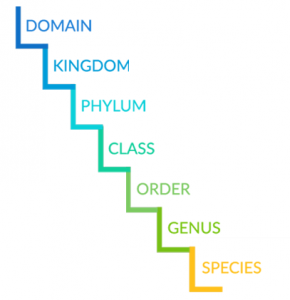
After domains, the kingdom classification gets a bit more specific. For example, is it a plant or an animal? If it’s a plant, we categorize it in the plant kingdom. If it’s an animal, it’s part of the animal kingdom.
The 7 kingdoms of biology are:
- Bacteria
- Archaea
- Protozoa
- Chromista
- Plantae
- Fungi
- Animalia
3. Phylums
As we move down the levels of the classification of life, kingdoms are below domains. Each phylum is grouped into a kingdom, which is grouped into a domain.
- ANIMAL KINGDOM: The animal kingdom contains approximately 35 phyla.
- PLANT KINGDOM: The plant kingdom consists of 14.
- FUNGUS KINGDOM: The fungus kingdom contains 8 phyla.
Humans are part of the animal kingdom taxonomy. Next, we belong to the Chordata phylum which has these four common characteristics: a notochord, a dorsal hollow nerve cord, pharyngeal slits, and a post-anal tail.
Another example from the animal kingdom is the Arthropoda phylum which is an invertebrate animal with exoskeletons. For example, all insects, spiders, and crustaceans belong to this phylum.
4. Classes
As you move through the levels, the questions get more specific. Each order has a class, which is grouped into a phylum.
For the animal kingdom, there are 35 phyla. Then, these phyla can be broken up into 107 classes.
For example, the Chordata phylum contains mammals, reptiles, and amphibians.
5. Orders
After, we group orders into classes. And in the taxonomy classification below, the genus can be grouped into orders.
If you look at the human taxonomy, our class is Mammalia. Then, our order is primates.
Orders have a separate sub-division called a family. For example, humans are part of the Hominidae family.
6. Genus
Each genus has a family. They also belong to a species, which is the most specific taxonomic classification of them all.
For example, our genus is homo. Gorilla is a genus. It has two species which are the western gorilla and the eastern gorilla.
When you hear a scientific name, it uses the genus and species.
7. Species
The taxonomic classification of “species” is the most specific you can get.
Each species belongs to a genus. Then, it goes down the chain of taxonomic classification into an order, class, phylum, kingdom, and domain.
Biologists have identified approximately 1.3 million species on Earth. But it is estimated that 8.7 million species can exist on the planet.
The animal kingdom is the largest with approximately 1 million species. Then, the plant kingdom is the second-largest with approximately 250,000 different species.
Taxonomic Classification: From Domain to Species
The taxonomic classification system is a way of grouping and classifying organisms.
A taxonomic classification system is a foundation for scientific inquiry, and the knowledge gained from it continues to be used today.
As you already know, the taxonomic classification system is a hierarchical system for classifying life forms.
Do you have any questions on the subject? Please send us your comments in the form below.

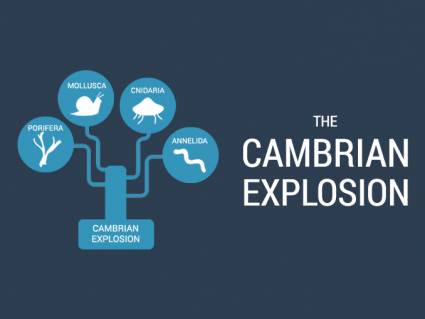
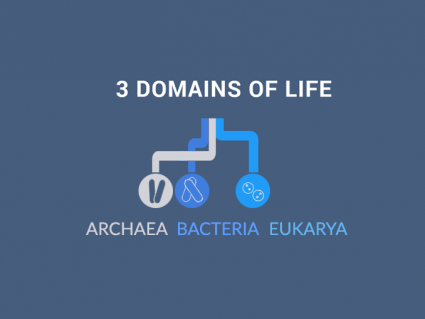
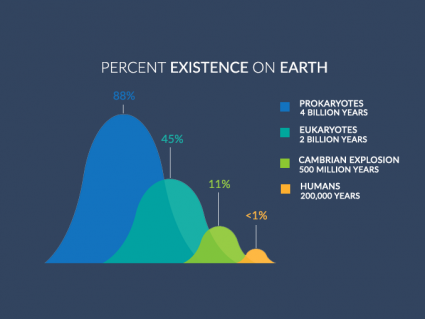
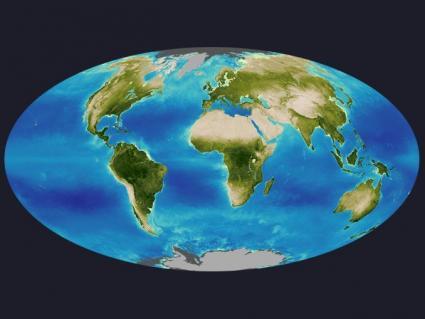

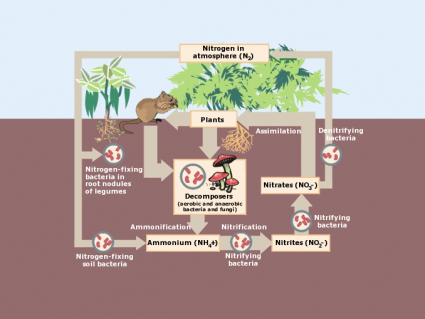
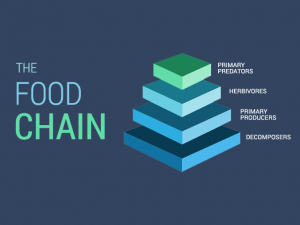

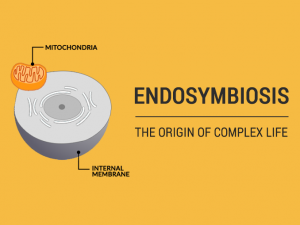
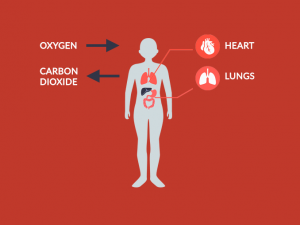
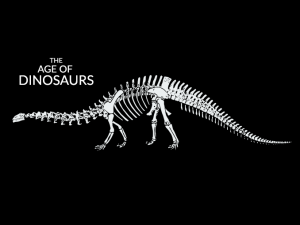
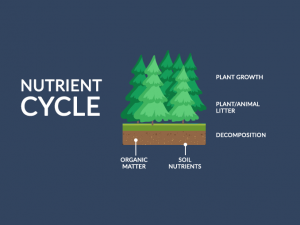
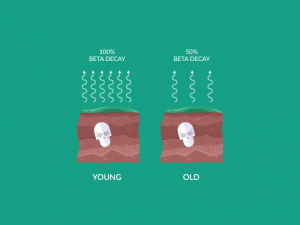

Hi, this image is not accurate, the order is backwards, as species is more specific than domain, which is broad. Please take this down; it is misinformation.
it really helped thanks
I got a lot of information from this text and I appreciate the information, I learned from it.
Domain should be at the top and species should be at the bottom:
Domain, Kingdom, Phylum, Class, Order, Family, Genus, Species Last
Nice – but your initial diagram needs tweaking. All labels should be switched with Domain at the top and species at the bottom. Cheers!
I agree with the above comments assigning family as a sub-division of order as inappropriate. Every list of taxonomy levels that I have seen, which a quite numerous, includes family. Also I like to equate taxonomy with the tree of life with life at the bottom and species on top. Thus I consider species as the top level instead of life.
I like how you made this and it’s good but just so you know you guys forgot the family and the order should be, top to bottom, domain to species. this is just because the top, being the domain, is the broadest category making it likely to have the biggest area unlike the species being the narrowest category. Don’t take this the wrong way, I liked it but you should change those things.
Thanks a lot for the information but in my book, it says that “family” is not a sub-order. Pls help me here.
Thanks!
Thank you?
thanks a lot 😀